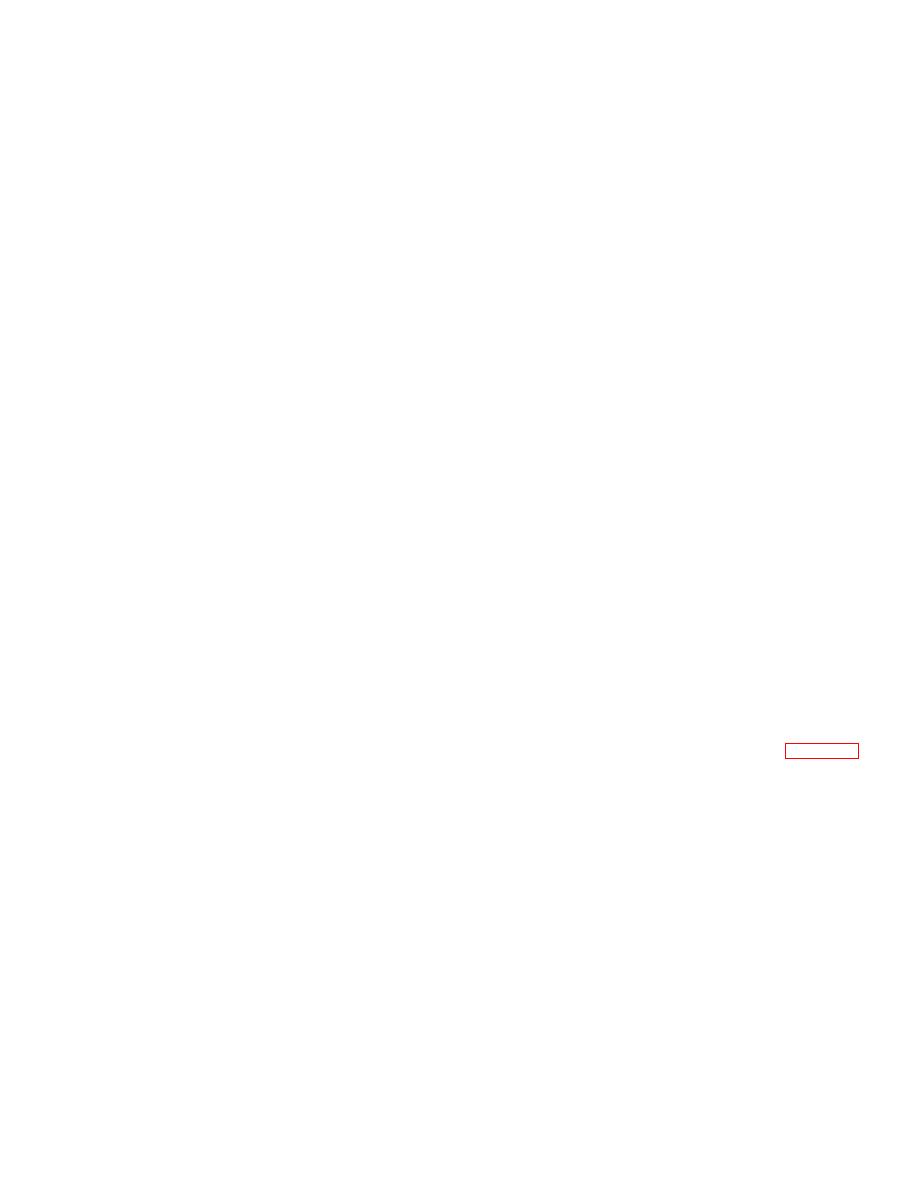 |
|||
|
|
|||
|
Page Title:
TEST PROCEDURE 003 CIRCUIT CARD ASSEMBLY |
|
||
| ||||||||||
|
|
 SB 740-91-01
TEST PROCEDURE 003
CIRCUIT CARD ASSEMBLY
(Printed Circuit Board)
1General.
This procedure provides a guideline for aiding the inspection team in quickly obtaining an overall assessment of the
readiness of circuit card assemblies following periods of depot storage. This procedure is intended to be used only as a
guide in performing assembly inspections; the actual inspection should incorporate other known defects and experience
with assemblies under storage condition.
2Visual Inspection.
A visual inspection shall be performed to identify any of the following defects:
a. Printed Circuit/Wiring Board.
(1)
Discoloration of conductor at point S of maximum conductor path reduction
(2)
Discoloration of base laminate
(3)
Lifting or wrinkling of the conductor from the base laminate
(4)
Cracks, chips, or bulges on board surfaces
(5)
Warp or twist of board
(6)
Delaminations: internal or external separation of layers of base material (paper or glass)
(7)
Cuts, cracks, or scratches in conductor
(8)
Board visible through copper
(9)
standoff terminal: any standoff terminal that can be turned or removed by hand.
b. Printed Circuit/wiring Board with Components.
(1) Loose or missing components from printed circuit board/assembly
(2) Poor or cold solder connections at components to printed circuit board mounting points
(3) Damaged or deteriorated components on printed circuit board/assembly.
Each defect found shall be counted as major.
3Plating Adhesion Test.
Check for the adhesion and peeling of the conductor to board by performing the following test (see data sheet, figure B-1):
A strip of pressure-sensitive cellulose tape conforming to type 2, class A of L-T-90, 1/2-in. wide and 2 inches long, shall be
placed across the surface of the conductor pattern and pressed firmly to the conductors, eliminating air bubbles. A tab
shall be left for pulling. The tape shall be pulled with a snap pull at an angle of approximately 900 to the board. Tape shall
be applied to, and removed from, three different locations on each board tested. When edge board contacts are part of
the pattern, at least one pull must be on the contacts. Fresh tape shall be used for each pull. Any looseness of bond on
any conductor length, and peeling of conductor (defect most prevalent at terminals and at ends of conductor contacts) is to
be counted as a major defect.
B-4
|
|
Privacy Statement - Press Release - Copyright Information. - Contact Us |